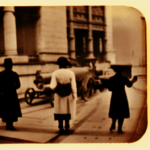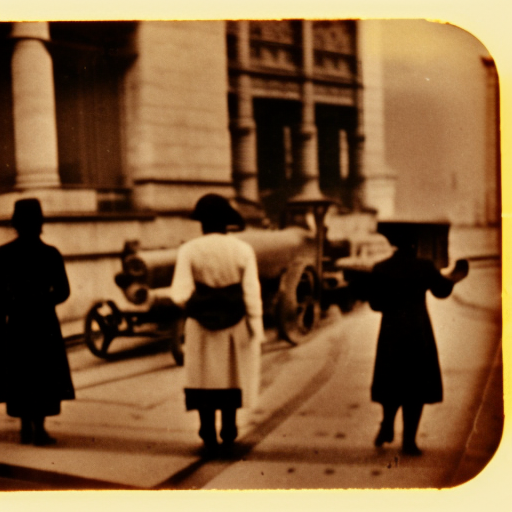The Interwar Period (1918-1939)
The Interwar Period, spanning from 1918 to 1939, was a tumultuous time marked by significant political, economic, and social changes. It was characterized by the aftermath of World War I, the rise of totalitarian regimes, economic depression, and the increasing tensions that ultimately led to the outbreak of World War II.
Aftermath of World War I
The Interwar Period began with the aftermath of World War I, which had a profound impact on the global political landscape. The Treaty of Versailles, signed in 1919, imposed harsh conditions on Germany, including massive reparations payments and territorial losses. This led to resentment and economic instability in Germany, setting the stage for the rise of Adolf Hitler and the Nazi Party.
Rise of Totalitarian Regimes
During the Interwar Period, several countries experienced the rise of totalitarian regimes. In Italy, Benito Mussolini established the fascist regime in 1922, aiming to restore Italy’s former glory. In the Soviet Union, Vladimir Lenin led the Bolshevik Revolution in 1917, establishing a communist government that would later be led by Joseph Stalin. These regimes suppressed political opposition, controlled the media, and implemented policies that centralized power in the hands of the state.
Economic Depression
The Interwar Period was also marked by economic depression, particularly the Great Depression that began with the Wall Street Crash of 1929. The crash had a global impact, leading to a severe downturn in international trade, mass unemployment, and widespread poverty. Governments struggled to address the economic crisis, and many turned to protectionist policies and increased government intervention in the economy.
Rise of Fascism and Nazism
The economic hardships and political instability of the Interwar Period provided fertile ground for the rise of fascist and Nazi ideologies. In Germany, Adolf Hitler and the Nazi Party capitalized on the discontent caused by the Treaty of Versailles and the economic depression. Hitler’s aggressive foreign policy and expansionist ambitions ultimately led to the outbreak of World War II.
Increasing Tensions and the Road to War
Throughout the Interwar Period, tensions between nations continued to escalate. The League of Nations, established in 1920 as an international organization to promote peace and prevent future conflicts, proved ineffective in resolving disputes. The rise of aggressive regimes, territorial disputes, and the failure of collective security measures all contributed to the growing likelihood of another global conflict.
Conclusion
The Interwar Period was a time of great uncertainty and upheaval. The aftermath of World War I, the rise of totalitarian regimes, economic depression, and increasing tensions all set the stage for the outbreak of World War II. The lessons learned from this period continue to shape global politics and serve as a reminder of the consequences of political instability, economic crises, and the dangers of extremist ideologies.












